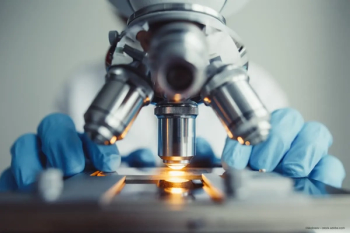
New IOL ideal for paediatric cataract procedures
A novel, patented multi-component IOL (IVO Lens, InfinitVision Optics) allows for postoperative adjustments for changes in refraction, making it an ideal solution for paediatric cataract surgery, according to a recent report.
A novel, patented multi-component IOL (IVO Lens, InfinitVision Optics) allows for postoperative adjustments for changes in refraction, making it an ideal solution for paediatric cataract surgery, according to a report published in the January 2014 issue of the Journal of Refractive Surgery.
"Paediatric cataract surgery is essentially different from adult cataract surgery," wrote Dr Dimitra M. Portaliou and colleagues from the Institute of Vision and Optics at the University of Crete, Greece. "In paediatric cataract surgery, additional risks are present and postoperative complications may jeopardize and otherwise successful surgical intervention. One of the main considerations is the ongoing postoperative evolution of the power of IOL needed to correct children's eyes. A solution to the problem is provided by the development of the new, innovative, multicomponent InfiniteVision Optics IOL that will allow postoperative adjustments for postoperative changes in refraction," they wrote.
This lens remains adjustable throughout the patient’s lifetime, and allows for the addition and combination of presbyopic and astigmatic correction. It is comprised of two components: a base lens (posterior component) that has a platehaptic configuration, contains only spherical correction, and is implanted in a capsular bag, like a conventional posterior chamber IOL; and a front lens assembly with two haptics extending from the optic. These haptics have been designed to fit into two small bridges projecting off of the anterior surface of the base lens, securing both components together.
The front lens assembly allows for spherical, cylindrical, and multifocal primary corrections immediately and over time. The lens is implanted through a 1.8-mm to 2.8-mm incision, and is easily assembled inside the eye.
A feasibility study trial with the IVO lens included 6 eyes in 6 patients, with a mean age of 63.3 years. At 2 years' post-op, mean uncorrected visual acuity (from 9.11 to 0.68) and corrected distance visual acuity (from 0.28 to 0.83; P
For more information, click
Newsletter
Get the essential updates shaping the future of pharma manufacturing and compliance—subscribe today to Pharmaceutical Technology and never miss a breakthrough.










































